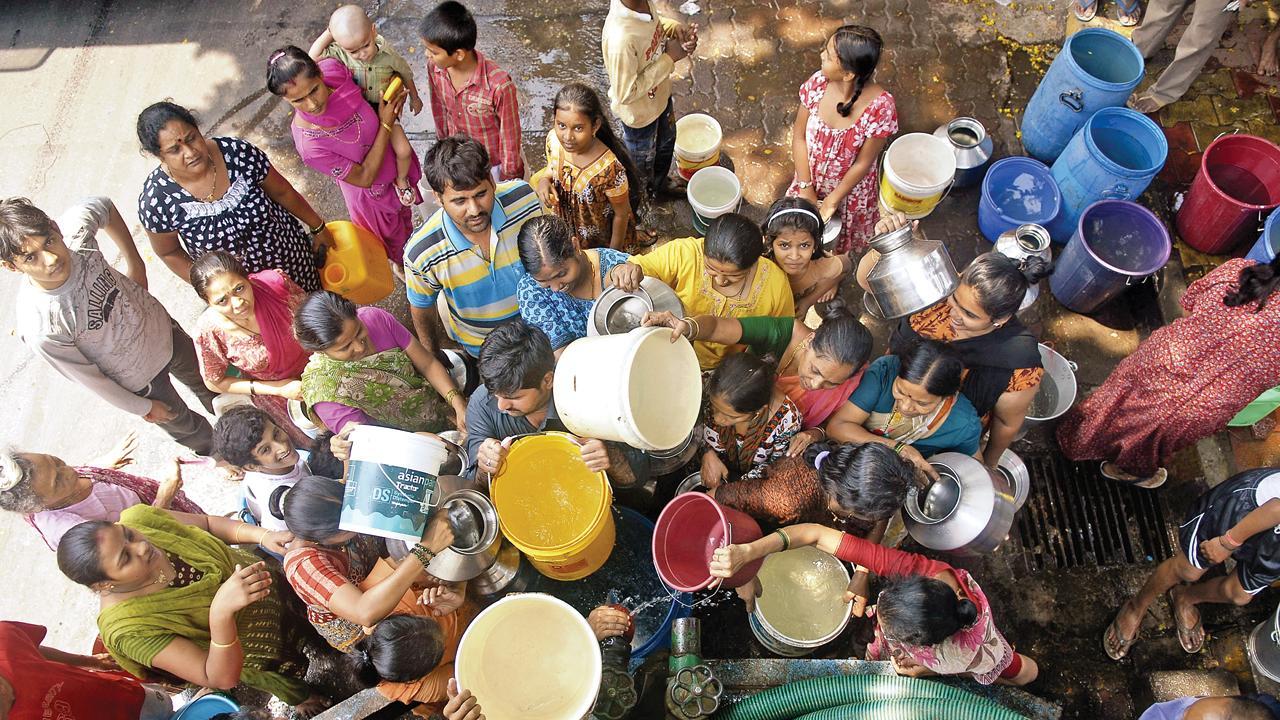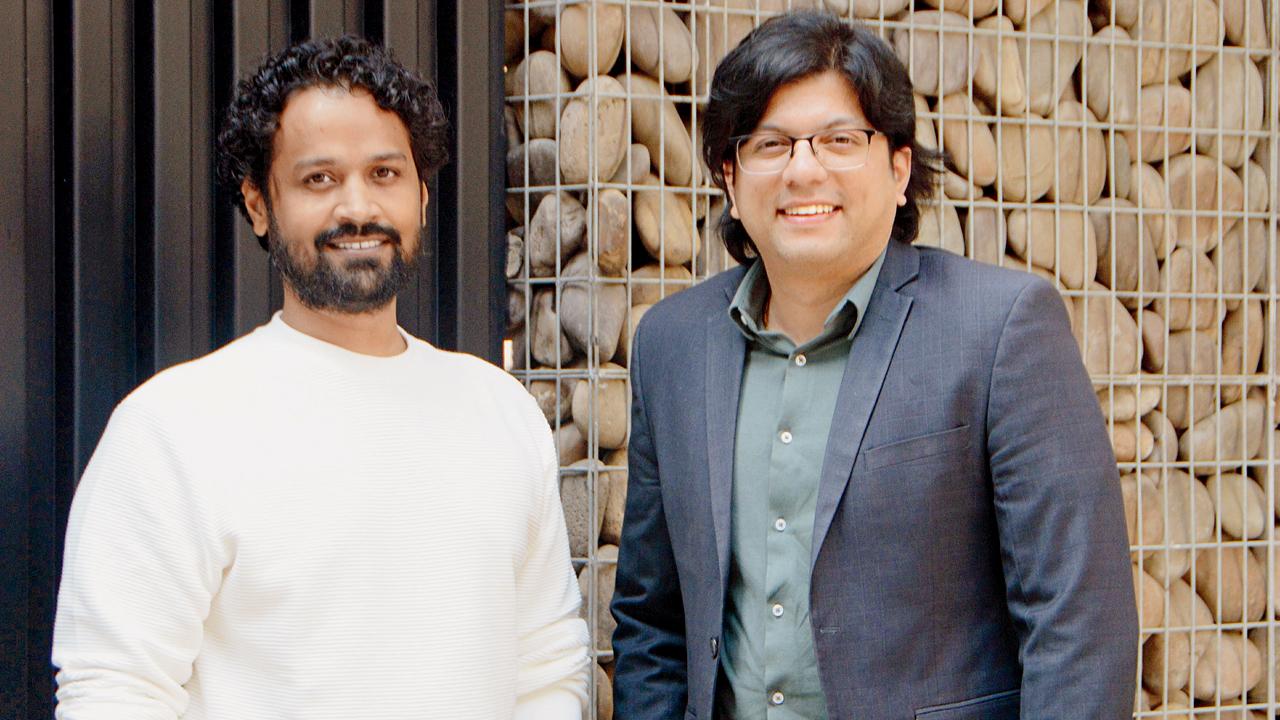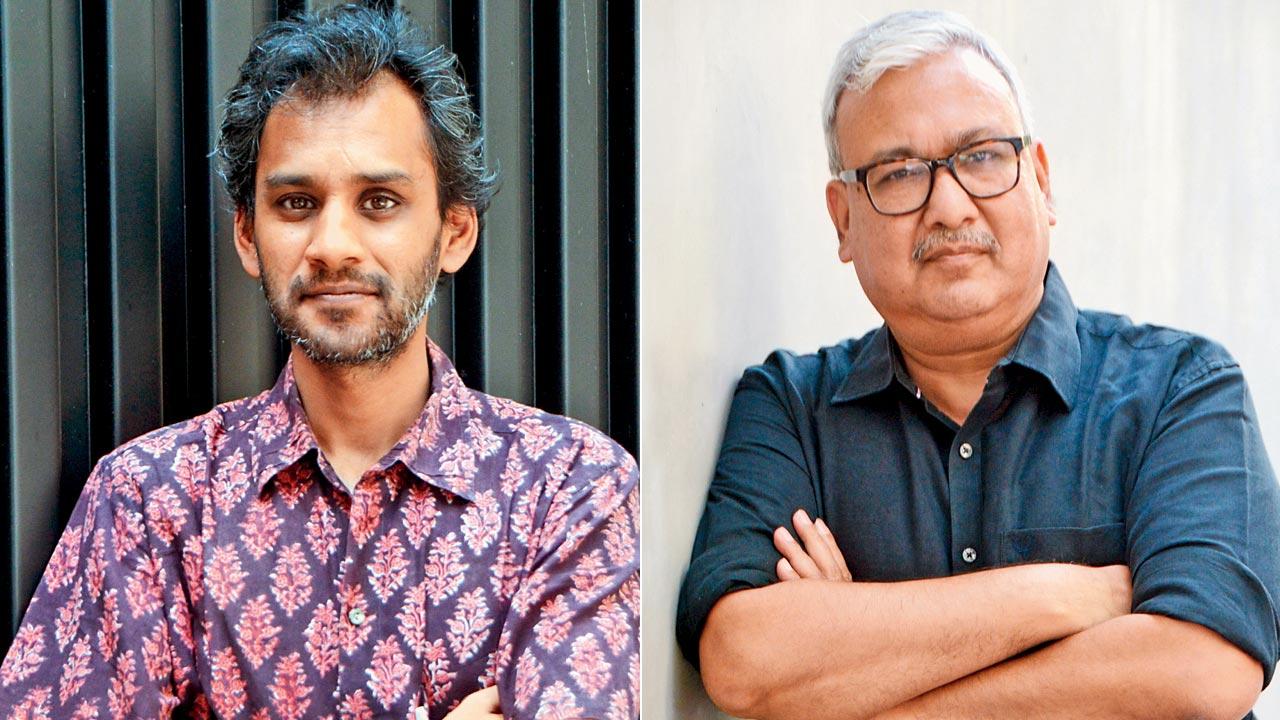A new docu brings open secret of Mumbai’s water mafia to new audiences

The nexus that keeps the water mafia alive in Mumbai upends the lives of the city’s poorest. File pic
Dharavi is parched, late for work, and brought to a standstill by the lack of potable water leading to unlit stoves and empty bellies. The basti descending onto the lone tanker arriving to quench this thirst makes for a stirring image in Naman Govil’s documentary Water Mafia. Released on January 12 on the OTT platform DocuBay and in association with Vice Media, it throws light on water theft by gangs in Delhi and Mumbai.
ADVERTISEMENT
When he noticed a large number of water tankers taking over the streets of the national capital, Govil, who is also the film’s writer, gave this a serious thought. Sifting through piles of research led him to discover a burgeoning black market of water theft and supply—predicted to be worth Rs 10,000 crore—and the nexus of politicians, gangsters, and bureaucrats that keeps it alive. “I knew the business’ market value last year, but it was only when I worked on the story that the intricate nexus sunk in,” Govil says.
 (Left) Anil Chaudhary, director of Vice India, (Right) DocuBay COO Girish Dwibhashyam who greenlit the documentary. Pics/Satej Shinde
(Left) Anil Chaudhary, director of Vice India, (Right) DocuBay COO Girish Dwibhashyam who greenlit the documentary. Pics/Satej Shinde
Crossing paths with veteran investigative journalist Vivek Agrawal proved instrumental to the project. Agrawal, who’d been gathering evidence about the issue for a decade, was knee-deep in details about how money changes hands. The Goregaon-based author is also open to sharing the data with anyone who asks or listens. “Around 1,700 tankers supply water to the city. Much of this supply goes to Dharavi, which is the worst hit by water cuts and theft. In fact, the numbers now say that 60 to 65 per cent of Mumbai lives in slums and experiences constant interruptions to water and electricity supply,” says Agrawal, who also features in the documentary.
This estimation is based on figures from multiple NGOs working in the informal housing sector, such as PUKAR. The last official records of Housing go back to the 2011 Census which found that 42 per cent of Mumbai’s population resides in slums. “Everyone thinks that the water in these tankers comes from the outskirts of the city, or from rural Maharashtra, but the truth is downright bizarre,” says Agrawal.
 Naman Govil and Vivek Agrawal
Naman Govil and Vivek Agrawal
The bizarre truth is that the mafia siphons water lawfully belonging to Mumbaikars (supplied by the BMC) at R5 per 1,000 litres, and sells it back to us at a higher rate of approximately R600. “Under the cloak of darkness, they [the mafia] drill holes into the massive pipes that bring us water from the seven reservoir lakes—filling tankers up until dawn. Then, they go to BMC officers in charge of opening the supply valves in an area, bribing them to open less than the designated number. This could dry up a neighbourhood with five lakh residents. Instantly, the water mafia has created a customer base. Come morning, the residents will throng the tanker carrying water that belonged to them in the first place.” Agrawal estimates that BMC’s loses between R1,800 to R3,000 per day to water theft.
Can one unopened valve really affect five lakh residents? In the documentary, the Urban Planner, Vaidehi Tandel from the University of Manchester points out that we are speaking about water supply to one of the densest cities in the world, and to quench this monster’s thirst, the borewells and lakes in villages beyond the Mumbai Metropolitan Region (MMR) are drained. “In villages or even small towns, 500 families live in a one km area,” she says, “but in Mumbai, this goes up to five lakh. This is mostly due to mega housing societies that have come up in the last decade.”
Even though the water mafia has existed for a while and has been largely covered by print media, documentaries reach a younger, more socially aware audience.
Which is why Girish Dwibhashyam, COO of DocuBay and Anil Chaudhary, Director of Vice India, say they greenlit the project. “We felt that people need to know this,” says Dwibhashyam. “Until we heard the story,” chimes in Chaudhary, “we didn’t realise that the nexus is as big as Rs 10,000 crore.”
In March 2022, the Maharashtra government formed a Lokayukta-sanctioned Special Investigation Team (SIT) comprising retired police personnel, BMC officials, and activists. Retired ACP Milind Khetle, who was with this SIT until December last year, says he faced three major challenges in his term. “At first, water theft is still a bailable offence,” he says, “They have to bring it under the Environment Protection Act, making it non-bailable.” Khetle also felt that the legal language and procedure to identify theft is vague and exasperating. “When water theft is finally reported, a BMC official has to go to the spot and pronounce that this was theft and not an accident,” he says. “We faced challenges here itself, and tried to work with the BMC. Finally, we would end up arresting the driver of the water tanker, and not the owner of the tankers. Tracing and arresting them was one of the biggest challenges given the trail of fake papers, uncooperative drivers who would be bailed out before we finished investigation, etc.”
Agrawal informs that once a pipeline is damaged, it takes three to seven days for the BMC to fix and restart the supply and ends his conversation with a doomsday prediction: “In 20 to 30 years, there will be a civil war between those who can afford potable water and those who cannot. The weaker and poorer sections of society will feel even more disenfranchised and eventually this will spill on to the streets. This is the inevitable.”
Tanker rate card
Rs 4,500 to 6,000: A potable tanker carrying 10,000L
Rs 2,600 to 3,500: A non-potable tanker carrying 10,000l
Rs 300 to 500: A potable water tanker carrying 500l
 Subscribe today by clicking the link and stay updated with the latest news!" Click here!
Subscribe today by clicking the link and stay updated with the latest news!" Click here!







